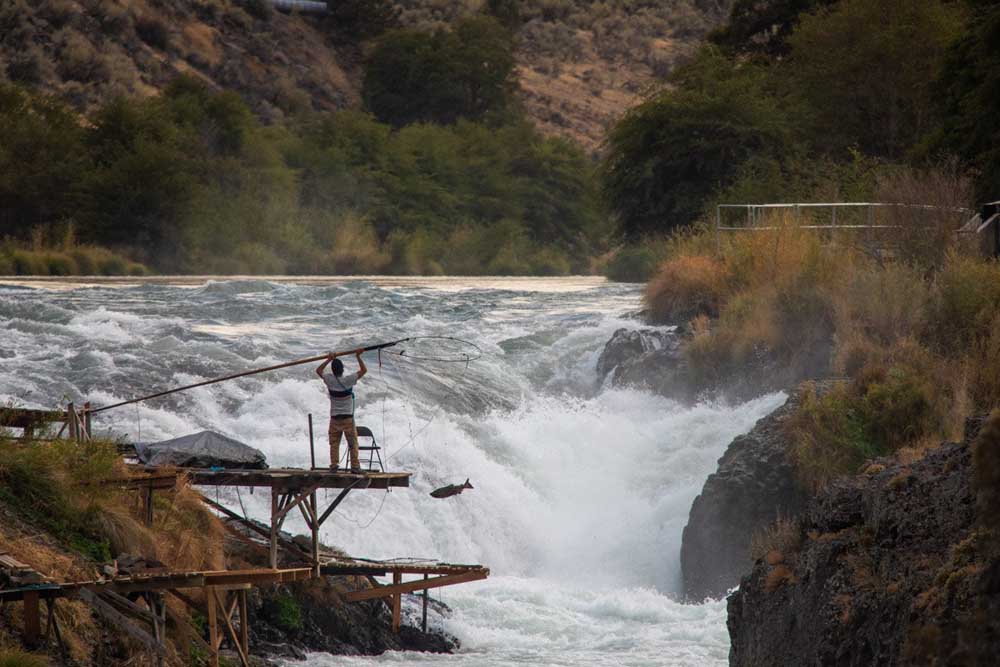Bookmonger: More than just another coffee table book
Published 9:00 am Sunday, July 21, 2024

- The book features some 125 river photographs by David Moskowitz.
The term “coffee table book” was coined in 1961 after the years following World War II brought a boom in education, prosperity, leisure time — and more emphasis on interior design for the middle class.
Coffee tables, accessorized by coffee table books, were a ubiquitous element of midcentury living rooms.
It would be a mistake to dismiss those books as merely decorative. With their lavish photo spreads of castles, wild animals or master artworks, they fired midcentury imaginations in a way that might be difficult to fathom now.
But as times and lifestyle predilections moved on, somewhere along the way coffee table books became anachronisms, relegated to the remainder tables of big chain bookstores.
“Big River” by David Moskowitz and Eileen Delehanty Pearkes
Braided River — 224 pp — $39.95
It took several years more before Seattle-based outdoor recreation book publisher Mountaineers Books came up with an ingeniously conceived imprint that has revived the glory of the coffee table book and infused it with a new purpose.
In 2003, the publisher received strong political backlash from “the other Washington” to a book of photos it had published about the imperiled Arctic National Wildlife Refuge.
This led Mountaineers Books executives to realize that the photo-rich format was ideal for packaging compelling images and concise stories about specific endangered environments, and then using those books as the foundation for public campaigns to move the needle on policies that would do a better job of protecting those places.
And voila, the Braided River imprint was founded in 2007 to illuminate stories about imperiled wilderness areas across Western North America.
More than two dozen books later, Braided River’s newest book is “Big River: Resilience and Renewal in the Columbia Basin.”
The book features photographs by David Moskowitz, who roamed across seven states and British Columbia to trace the headwaters not only of the mighty Columbia but also of its diverse tributaries.
This book shares 125 of the stunning landscape images and intimate human and wildlife portraits he captured along those watercourses — through canyons and cascades, over waterfalls, across broad plains, past human-devised diversions and impediments — and all the way to the river’s mouth.
“The ecological, cultural and economic value of the Big River’s watershed is immense,” Moskowitz writes in his introduction. “The wrangling over who benefits from, controls, or gets access to this value has been going on for centuries. In our generation, however, we are reaching a new inflection point …”
Longtime Columbia River advocate and writer Eileen Delehanty Pearkes picks up this thread in a 50-page essay.
She makes a powerful argument for reconsidering the old resource extraction and harnessing mindset that most of us grew up with and to think instead about a “relationship of reciprocity” with the river and the wild places it succors.
Pearkes’ writing is graceful, evocative and immensely informative. I flagged a dozen different passages to share in this column but realized that it would be better for you to soak up her words in context.
I encourage you to read “Big River” and mull over its ideas for yourself.








